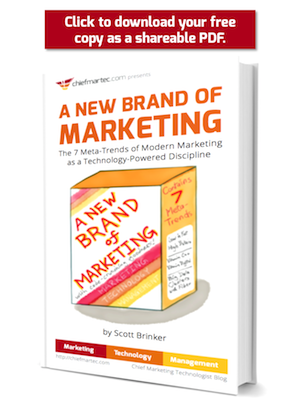2014 opened with a post about findability; that theme continues with some thoughts on what it means to build an enterprise digital asset management (DAM) repository and have it actually deliver findability for audio and video content.
Working on a project for an institution, which has experience using a DAM for image assets, I have become keenly aware of the heavy lift required for a similar system for audio and video files. Heavy lift means human resources with the knowledge to metatag assets manually. This metadata activity is necessary to establish text that describes the “aboutness” of an audio or video file. Search queries in a DAM are done using text and without text, finding an asset will be impossible.
Stephen Arnold raises many critical issues in the article Video Metadata: ripe for innovation in KMWorld, March, 2014. It articulates very well the challenge of indexing a video asset because, if any metadata exists, much of it will be transactional in nature, not descriptive of the content.
In any institution with limited content editorial or curatorial resources to catalog internally produced audio and video files, it will fall to the creator to describe with metadata what the essential elements are. Those elements might include, who is in the video, who is performing in an audio file, where did a performance take place, what are the major themes, what instruments were being featured, and so on. Software applications exist that can extract words from spoken or sung language, or from text images that are visible in a video. But when it comes to the “aboutness” or major themes being demonstrated, only the creator or creator’s surrogate will have the required meta-understanding.
Enterprises with a public face or commercial aspect will employ a metadata creation staff for images or files that go into their public web sites. However, justifying staffing to make audio and video a valuable asset for internal sharing and consumption is a tough sell. Commitment to building up an internal DAM that will be used and useful because its assets are easily found takes faith and almost religious fervor on the part of participating contributors. Technology can only go so far in making those assets findable. Attribute possibilities are voluminous and not easily codified.
On the arts frontier of searchability, one only has to look at the gold standard for controlled vocabulary, the Getty Museum, to see the breadth and depth of categories of their thesauri covering paintings, sculpture, drawing, crafts, woodworking, etc. In non-classical musicology no such universal standard of terminologies exists for public consumption. In the musical arts getting musicians to agree on how to label innovative and evolving genres will be a herculean human effort.
Building a DAM for internal audio and videos files is not to be undertaken without answering these questions:
- How will findability be defined?
- What is the audience?
- Who is going to create the metadata for uploaded assets, particularly “locally created” content?
- What are the technology tools that can index and search the assets?
- What are the resources for establishing, modifying, and perpetually expanding taxonomies/controlled terminology?
- When assets are found, how will they be displayed or played?
- What is the on-going process for sustaining the repository, curating and expanding its scope?
This is a new frontier in content management. With so much investment in audio and video engineering, and the entertainment industry, it is time to innovate on the “findability” front, as well. In the meantime, a wise process for adoption is to start small and simple with the metadata development effort. Then hope that technology innovation will emerge to help your process before you retire.

